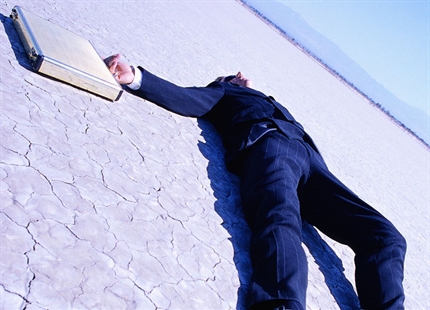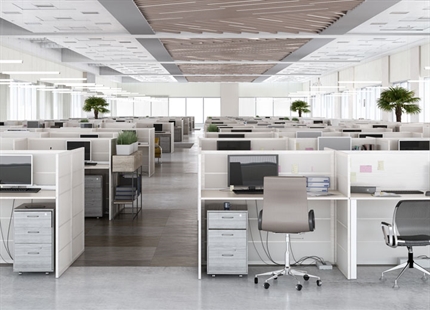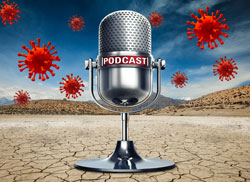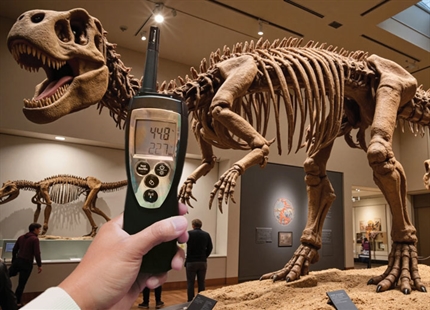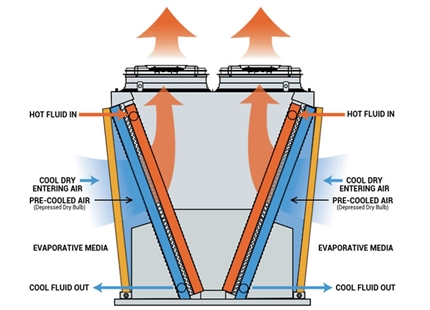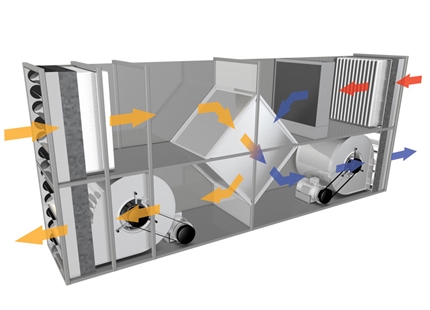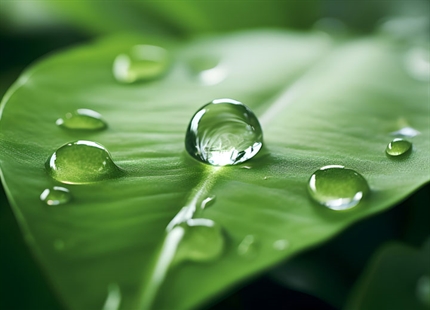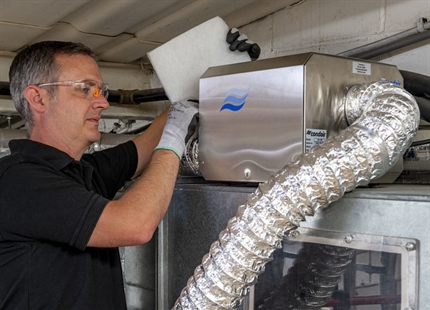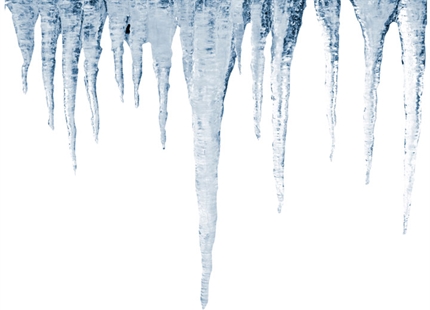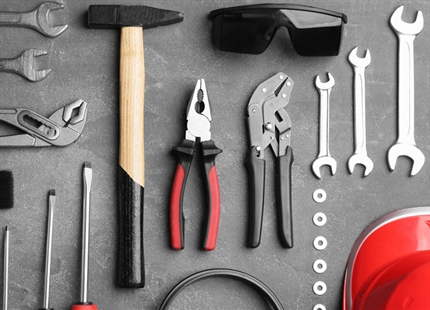
Author: Tony Fleming, Head of Sales Cluster Northern Europe, Condair
Consider your humidity when increasing your ventilation
The need for increased levels of ventilation in public buildings is widely accepted as a positive mitigation strategy in the fight against airborne viral transmission. Increasing ventilation physically removes more pollutants from the air. This is particularly relevant in the winter, when buildings become more tightly sealed and people gather indoors, heightening the risk of person-to-person, airborne cross-infection.
However, without proactive humidification of heated indoor environments, increasing ventilation will create significantly drier buildings that might be protecting us in one way but harming us in another. Breathing dry air below 40%RH will dry our nose and throat, leading to a greater susceptibility to respiratory infection. So although ventilation may be removing pollutants, the drier indoor atmosphere it creates could also be degrading our natural immune system.
A Dry Winter?
The thought that increased ventilation during the damp winter months will dry an indoor environment seems counter intuitive. The winter is often thought of as being very damp. So how does bringing more damp winter air inside create a dry environment? The answer to this lies in the fact that cold air can hold very little moisture. The warmer it becomes, the more water it can hold. So although the cold winter air has a high relative humidity when outside, it physically contains very little water. As soon as that winter air is brought into a building and heated, its relative humidity drops as its ability to hold moisture increases.
To put this into perspective, an average January outdoor condition is 5°C and 85%RH. When this winter air is brought into a building and heated to 21°C, without any moisture being added, physics dictates that the indoor relative humidity will be just 28%RH. Some routine activities will increase a building’s humidity level, such as washing, cooking and even people breathing. This naturally increases the indoor humidity level above this calculated nominal level. However, the greater the ventilation rate, the faster this ambient moisture is extracted and replaced with dry outside air, resulting in the indoor air more closely aligning with the nominal level of 28%RH.
Even for buildings that have humidification systems, increased ventilation may mean reduced indoor humidity. Most humidifiers are sized to offer just enough moisture to an area to meet the required humidity level, given the existing ventilation rates of the building. This keeps the cost of the humidifier to a minimum, whilst also providing adequate humidity, given the building’s HVAC design. If this design changes, with increased ventilation rates, the humidification system might be undersized.
For instance, if a building increases its ventilation rate from 5% fresh air intake and 95% recirculating, to 10% fresh air and 90% recirculating, then the humidification system would need to deliver 100% more moisture to maintain the same indoor humidity. Very few humidification systems are designed with 100% additional capacity, so most would not be able to meet the same indoor humidity level, during the coldest winter periods, with this seemingly small increase in ventilation.
Effects of low humidity
Science has shown three reasons why maintaining indoor humidity above 40%RH protects our respiratory health. Firstly, airborne viruses fall out of the atmosphere more rapidly. Secondly some viruses, like the flu, survive for less time in this humidity range. And lastly, mucous membranes in the nose and throat are more effective at capturing and removing viruses before they cause an infection.
A very recent study from the University of Oregon illustrated the first benefit specifically in relation to COVID. They monitored the air and surfaces in controlled chambers where COVID positive individuals were undertaking different activities. They found that an increase of around 12%RH resulted in approximately 50% reduction in airborne viral load and an increase in viral load on surfaces. As the main transmission route has been shown to be airborne, these results reinforce the benefit of managing indoor humidity.
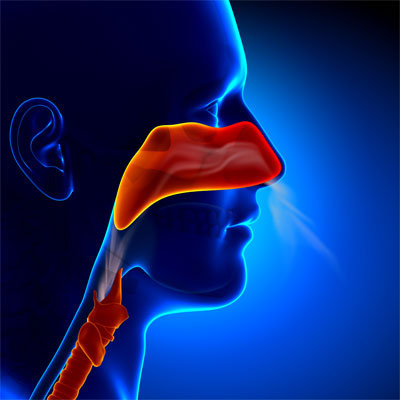
The body’s natural process of mucociliary clearance is our first line of defence against airborne pollutants. Numerous studies have clearly shown this process is impaired in humidity of less than 40%RH.
However, if ventilation is removing pollutants from the air, why does it matter if humidity is making them settle more rapidly? I think there are two responses to this. Firstly, creating safer indoor environments requires a holistic approach. Having environments with fewer airborne viruses and also reducing the potential “float time” of any remaining viruses, has got to be better than implementing a single strategy of increased removal. Removal through ventilation is never going to be 100% effective by itself.
Secondly, and more importantly, is the negative effect a dry atmosphere has on our immune system. Creating safer environments through ventilation may inadvertently make us more susceptible to infections when we leave that ventilated area. For example, an office worker who enjoys a well ventilated, but dry office, may not pick up an infection at work, but could be more at risk when they visit an unventilated bar on their way home. The dried mucous membranes in their nose and throat will not be efficiently capturing airborne viruses after sitting in a desert-like environment for 8 hours.
The body’s natural process of mucociliary clearance is our first line of defence against airborne pollutants. Numerous studies have clearly shown this process is impaired in humidity of less than 40%RH. It is therefore important to manage indoor humidity to not only remove airborne pollutants more quickly, but also to ensure our body’s defences are given the best possible chance of fighting off infections, whenever they might attack us.
Ventilation has always played an essential role in combatting respiratory disease and it’s a shame that it is only now, following a pandemic, that its positive contribution to public health is being more fully recognised. However, the creation of desert-like indoor environments during the winter must be avoided. Proactive humidification of public buildings plays a key role, alongside ventilation, in creating the safest possible built environment for occupant health.


